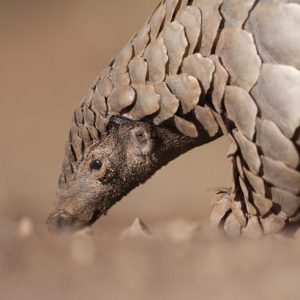Did you know that there are retroviruses in the human genome? In fact, there are retroviruses in the genome of all mammals. These viruses have previously integrated their DNA into our ancestors’ DNA, and have degraded to the point that they can no longer replicate and infect other cells. However, they still contain some of the characteristics of retroviruses, such as long terminal repeat (LTR) regions and gag, pol, and env genes. [1]
It has been suggested that these human endogenous retroviruses (HERVs) may modulate gene expression. [1] For example, the release of amylase into saliva may be regulated by a HERV that acts as a promoter, and apolipoprotein C1 (a protein that helps with lipid transport) may be regulated by a LTR from a HERV. [2] Continue reading





